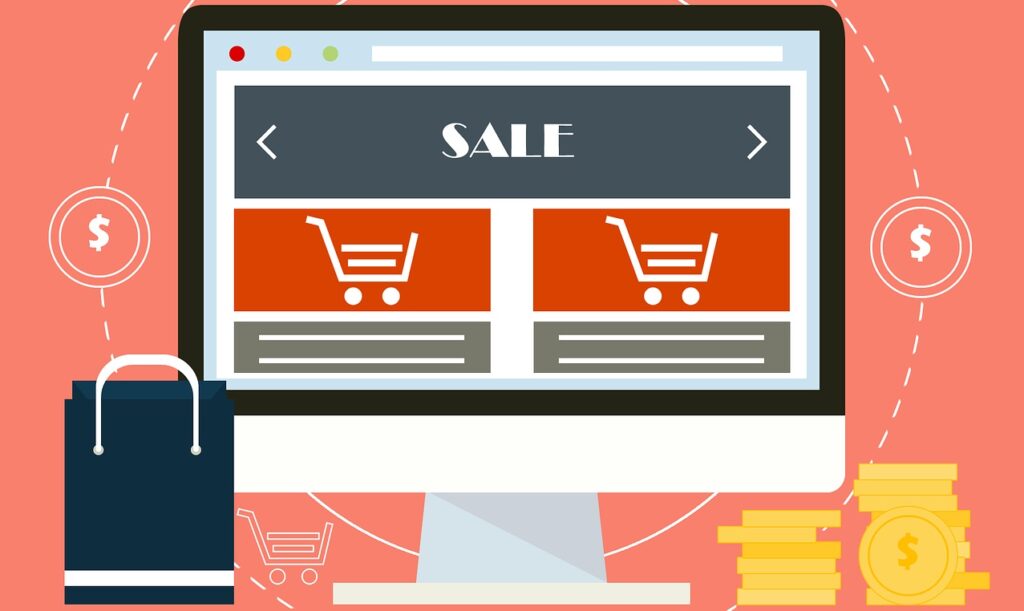2020 has proven itself to be a momentous time for ecommerce and logistics companies all over the world. The highly infectious nature of the COVID-19 virus forced millions to be locked into isolation as mandatory social distancing measures take precedence.
In the wake of all this, consumers have turned to online shopping and e-commerce for all of their needs. From groceries to gifts, many have realized that just about anything can be bought online and delivered to the comfort of their own home.
Despite the boom in e-commerce, manufacturers all over the world found their operations grinding to a halt as supply chains collapsed and shipments languished at ports.
Even with the development of various vaccines for the COVID-19 virus, the situation is far from over. With the virus raging out of control in many areas, some countries have resorted to a 2nd series of lockdowns in a desperate attempt to curb the spread of COVID-19.
If the crisis has proven one thing, it’s that logistics and supply chain management will prove to be especially vital in the days to come. As the global economy attempts to recover, it will be more important than ever to ensure that goods and services are delivered with minimal delay.
In this article, we will take a look at the top trends of the logistics and supply chain industry come 2021.
1. Blockchain Integration
When the term blockchain comes into play, most tend to think about Bitcoin, Ethereum, and a range of other cryptocurrencies. However, blockchain technology brings so much more to the table than just cryptocurrencies.
The blockchain is essentially a database that records and verifies the summary of all transactions performed. Moving goods along the supply chain is a time-consuming and laborious process that required documents and transactions to be continually recorded and processed.
Naturally, this would result in slowdowns caused by human errors i.e. miscalculations, lost or damaged documents, and conflicting data that would need to be corrected and reconciled.
When translated into the supply chain space, blockchain integration allows for transactions to be confirmed and validated automatically whilst required documents would be automatically produced when needed.
All of this streamlines the movement of goods along the chain and leads to lower costs and quicker delivery fulfillment. In a time where mandatory social distancing is the new normal, increased automation along the supply chain will prove to be invaluable.
Companies like Walmart have shown that blockchain integration along the supply chain is very much possible. Now in 2021 as blockchain technology becomes more readily available, we are sure to see a rising number of companies turning to these solutions.
Therefore, it is probably a good time to take a look at this article: blog.tezro.com/
2. Robotic Warehouses
Warehouses, loading bays, and other logistics hubs are the lifeblood of any supply chain. Most of these sites are mainly powered by human labor and require constant oversight.
From preparing freight for delivery to procuring shipping documents and receiving goods, a large part of these processes are still done manually. Besides the possibility of human error, additional costs are incurred in the form of salaries paid to warehouse employees.
Robotics is one such area where the future of warehouse automation lies. Semi-autonomous, mobile robots are able to fulfill most of the roles played by human warehouse employees. Tasks range from retrieving goods for delivery to receiving and rearranging new stocks in the warehouse.
Furthermore, in a time where mandatory social distancing will become the norm, reducing employee headcount and minimizing contact will be especially important. However, the high initial cost of investment is a major reason why most companies are adopting a wait-and-see approach to robotics.
3. Big Data Logistics
Big data is a big word which has been overused by consultants all over the world. However, the significance that big data plays in the future of supply chain management should not be underestimated.
Logistics operations accumulate a vast quantity of important data everyday. These can range from consumer purchase patterns to average delivery fulfillment times and even daily staff performance averages.
Accurately processing this information will allow an operations manager to develop performance metrics to further streamline operations along the supply chain.
For example, analyzing the company’s average delivery fulfillment time will allow managers to sharpen their performance and identify possible weaknesses. Doing so, leads to more efficient operations and improved customer satisfaction.
4. Micro fulfillment and last mile deliveries
With online shopping taking off in a big way in 2020, e-commerce companies and traditional brick-and-mortar retailers have begun taking a closer look at micro fulfillment and last mile deliveries.
Instead of the traditional large-scale installations, a rising number of businesses have turned to dropoff and pickup points in an effort to get closer to their customers. Studies have shown that customers are in fact willing to pay for same-day deliveries for their orders.
Smaller warehouses or delivery stations enable businesses to get even close to their customers for a lower cost. Goods are distributed from a central distribution center to smaller drop off points or stations where the order can be picked up by the customer or delivered by courier.
Again, in this situation the need for social distancing and a desire for a shorter delivery fulfillment period means that micro fulfillment centers and last mile deliveries will play a bigger role in 2021.
Logistics is the lifeblood of any economy and we will likely see an increasing number of companies making the move towards more agile, tech-focused operations. From blockchain integration to self-pickup options, innovation is a must for survival in 2021.
